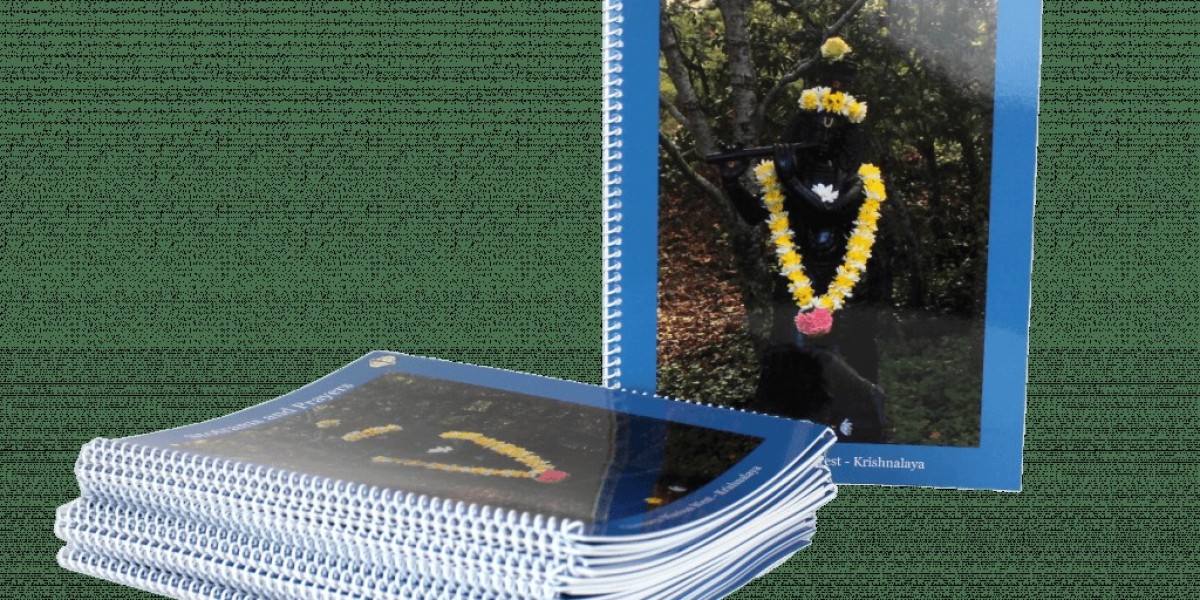A book's cover is thought to have the most to do with people's first impressions, but its binding may play an equally vital role. It's why the choice among hardcover, paperback, and spiral bound book printingis crucial for self-publishers. Binding drives perceptions of quality and, in some cases, user-friendliness. It also can drive price, with hardcover editions fetching higher prices than softcover versions. Spiral binding can be an excellent choice if your book is a manual, cookbook, or other volume people want to keep open. Today's crush-proof spirals are plastic and come in multiple colors.
Traditional publishing houses for decades have had a formula of releasing books as hardcover editions and following up with paperbacks. It begins with a smaller sale of higher profit margin casebound copies and broadens to a much larger sale of softcover copies. Working with online booksellers and book distributors, they open additional retail channels as time passes. Self-publishers can follow similar strategies or develop plans of their own. Earning the most from a book requires placement in the proper retail channels and a well-executed sales strategy. eBook and audiobook editions can also be released.
Books are products that compete against many others in a crowded marketplace. It says much about the need for uniqueness and, most of all, to offer more than competitors better information (nonfiction) or a more entertaining story (fiction). As you consider binding, ensure that the one you select complements everything else about your book visually. Make sure the entire package works together and is something people want to pick up and investigate. It means an excellent title, a well-designed cover appropriate for the genre, and the optimal binding to hold the entire package together.
Many first-time self-published authors publish their books through the print on demand system. It may limit binding choices such as a spiral. If your book needs such a binding, think carefully before deciding and explore other options. You may be able to find a printer with low minimum quantity requirements that also offers book order fulfillment. Working with that arrangement and having the perfect binding for your book could be a significant advantage. Benchmarking your genre and seeing what your competitors are doing is wise. It will inform your choice



